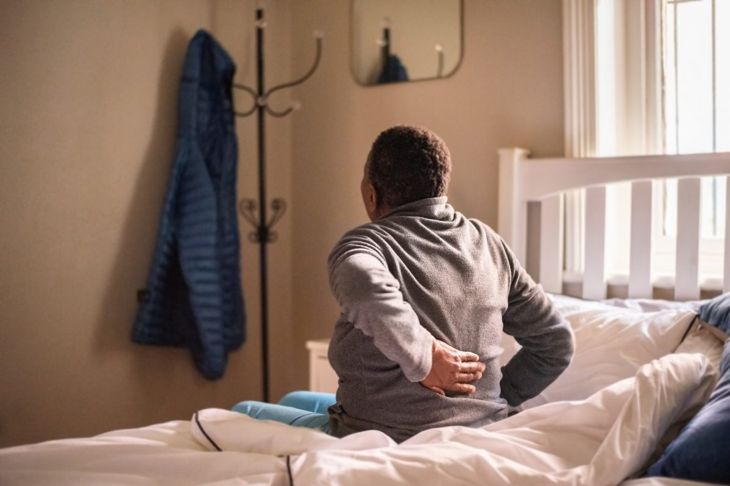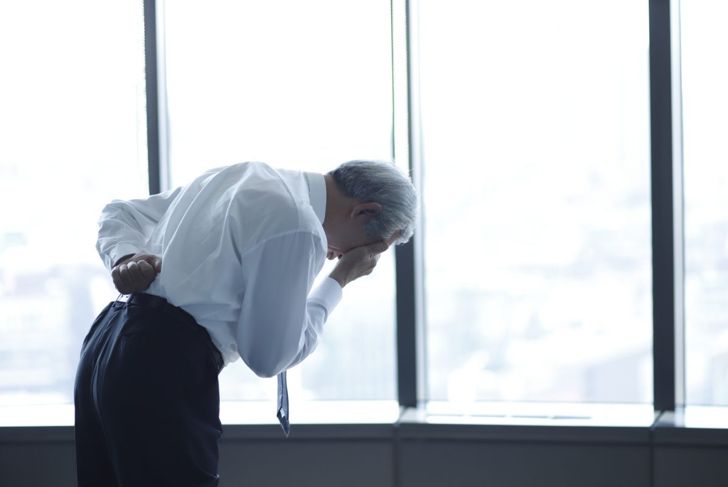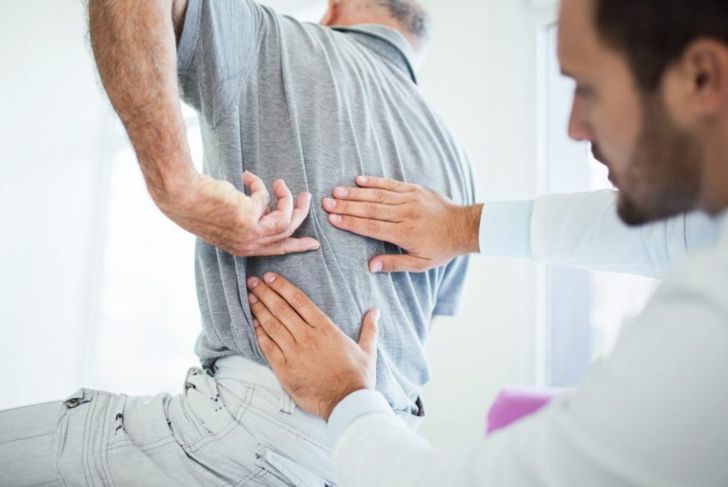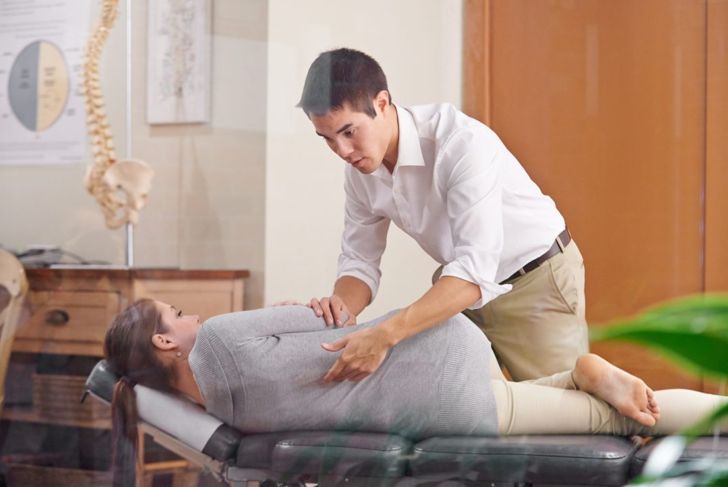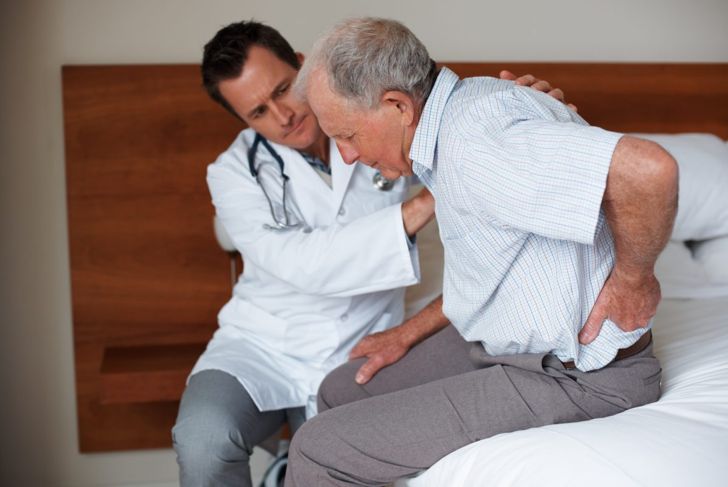The back bears a large portion of the body’s weight when we walk, run, lift items, and perform various other activities. Because the back has to bear this stress, back injuries and pain are among the most common medical issues. Pulled muscles and similar issues are usually minor, but can still cause significant pain and distress.
Potential Issues
When people talk about a “pulled muscle,” they are usually referring to a strain. Despite the common name, the injury does not necessarily involve a muscle. Strains occur when muscles or tendons are twisted, pulled, or torn. Tendons are strong, fibrous bands that connect the muscles to bones.Strains are similar to and often indistinguishable from sprains, which involve the stretching or tearing of a ligament. Though similar to tendons, ligaments connect bones at joints and prevent excessive movement.
Causes
Acute strains can result from a single event, such as improper lifting technique or overstretching. Chronic strains can develop due to long-term stress on the back or repetitive motions. Sudden trauma resulting from a fall, twist, or blow to the body can cause a sprain. This is particularly true if the event forces a joint out of its typical position.
Risk Factors
Several factors can increase a person’s risk for injuries like back sprains and strains. Excessively curving the back is a common contributor to pulled back muscles. Usually, this is due to poor sitting posture or lifting objects improperly. Physical traits, such as being overweight or having weak back or abdominal muscles, are typical risk factors. Sports and activities that involve pushing or pulling are often responsible for back injuries.
Symptoms
A pulled back muscle can cause a variety of symptoms. Pain that worsens with movement is the most common. Many people also experience muscle cramping and spasms — sudden and uncontrollable muscle contractions. Strains and sprains may also inhibit function and range of motion. It can become difficult to walk, bend the spine, or stand straight.
Diagnosis
Usually, it is not necessary to visit a doctor for pulled back muscles, unless the symptoms persist for several weeks. In these more serious cases, doctors attempt to rule out other underlying causes, such as a herniated disk. Imaging techniques such as X-ray or magnetic resonance imaging (MRI) may be necessary.
Early Treatment
Most people can begin treating their back injury at home with proper rest. For the first 24 to 48 hours, use ice packs and compression on the affected area. Nonsteroidal anti-inflammatory drugs can help with pain and swelling. After the first two days, slowly return to normal activity; remaining in bed or immobile can delay the recovery process.
Medical Treatment
For severe pulled back muscles, a doctor will typically recommend physical therapy. Some people require prescription medications such as painkillers, anticonvulsants, or antidepressants to help manage their back pain. Spinal injections of steroids can help relax the muscles and relieve pain. In extreme instances, surgery may be necessary.
When to See a Doctor
It can be difficult to distinguish common back sprains and strains from more serious back injuries. Certain symptoms indicate a need for immediate medical attention:
- Severe pain that inhibits most movements
- Numbness in the back or legs
- A lump develops
- Weakness in the extremities
- A loss of bladder or bowel control
- A tingling sensation in the back or legs
Prevention
While it is not possible to prevent all injuries, certain steps can help lower the risk of pulled back muscles. Eat a well-balanced diet and maintain a healthy weight. Exercise regularly and stretch often to keep the joints and muscles flexible. Practice proper posture when sitting and standing. When lifting, bend the knees and lift using the legs rather than curving the back.
Preventative Exercises
Strengthening the back and abdominal muscles can also help prevent back injuries. Some of the best exercises for building abdominal strength are planks, crunches on an exercise ball, and poses like bird-dog. Common back exercises include shoulder blade squeezes, knee-to-chest stretches, and poses such as cat-cow. Perform these exercises regularly, but take your time building up repetitions and length of holds.

 Home
Home Health
Health Diet & Nutrition
Diet & Nutrition Living Well
Living Well More
More

